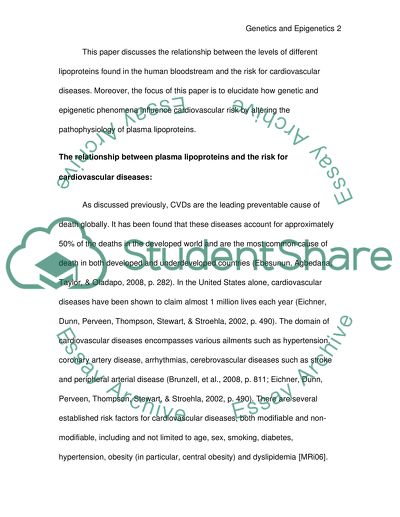Cite this document
(“How may genetic and epigenetic phenomena influence cardiovascular risk Essay - 1”, n.d.)
Retrieved from https://studentshare.org/environmental-studies/1412455-how-may-genetic-and-epigenetic-phenomena-influence
Retrieved from https://studentshare.org/environmental-studies/1412455-how-may-genetic-and-epigenetic-phenomena-influence
(How May Genetic and Epigenetic Phenomena Influence Cardiovascular Risk Essay - 1)
https://studentshare.org/environmental-studies/1412455-how-may-genetic-and-epigenetic-phenomena-influence.
https://studentshare.org/environmental-studies/1412455-how-may-genetic-and-epigenetic-phenomena-influence.
“How May Genetic and Epigenetic Phenomena Influence Cardiovascular Risk Essay - 1”, n.d. https://studentshare.org/environmental-studies/1412455-how-may-genetic-and-epigenetic-phenomena-influence.


